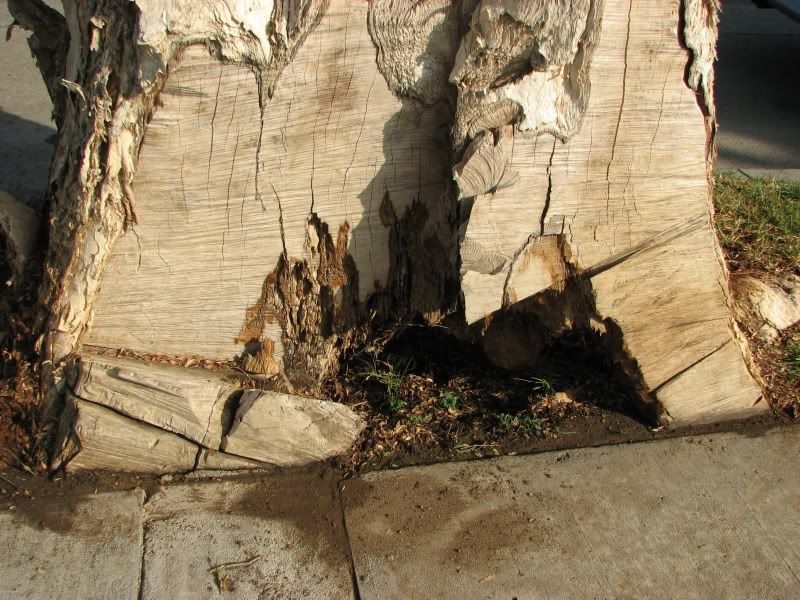Gas tank appears to be leaking
#1
Gas tank appears to be leaking
This is on a '97 Super Duty. There appears to be a leak perhaps out of the "T" fitting on top of the tank or???
Has anyone seen anything like this?



The stains seem to indicate that gas is leaking from somewhere up there. Gas mileage has been awful lately. I wouldn't think that half of that "T" fitting should be open as it is. Any ideas?
Has anyone seen anything like this?



The stains seem to indicate that gas is leaking from somewhere up there. Gas mileage has been awful lately. I wouldn't think that half of that "T" fitting should be open as it is. Any ideas?
#2
My 89 had a similar issue. The fittings use O-rings, and O-ring fail over time. If they don't move, then it usually takes them a long time. Yours must be vibrating enough to cause failure this soon.
Dorman makes replacement fittings, and you probably can find fuel safe o-rings to replace the failing one.
Dorman makes replacement fittings, and you probably can find fuel safe o-rings to replace the failing one.
#3
My 89 had a similar issue. The fittings use O-rings, and O-ring fail over time. If they don't move, then it usually takes them a long time. Yours must be vibrating enough to cause failure this soon.
Dorman makes replacement fittings, and you probably can find fuel safe o-rings to replace the failing one.
Dorman makes replacement fittings, and you probably can find fuel safe o-rings to replace the failing one.
Thanks for the reply, so it sounds like you are referring to the actual fuel line fittings?
What about that open ended tubing (silver color) that appears in the top and bottom pictures? Could that be a source of a leak?

#4
I believe that is a vent. Although, it has to be sealed for ODB2 pressure test. The only way it should be leaking more than vapors is if your over filling the tank or rolling it over. I think it's going to be a pressurized line, either the line from the intank pump or the return fuel line. These are the only lines should carry a volume of liquid fuel.
#5
I believe that is a vent. Although, it has to be sealed for ODB2 pressure test. The only way it should be leaking more than vapors is if your over filling the tank or rolling it over. I think it's going to be a pressurized line, either the line from the intank pump or the return fuel line. These are the only lines should carry a volume of liquid fuel.

Did you have to drop the fuel tank to access and repair the lines on your '89?
#6
Yes, it was an 89 F150 long bed with dual tanks. I ran the rear tank down until it cut off, because gas weighs ~5lb/gallon and the tank is heavy enough with the fuel you can't pump out. It took a while to drop the straps because the threads had rusted heavily.
Jack stands made the job easier though. I put a pair under the tank and removed the straps. Then used a jack to remove the stands and lower the tank until I could disconnect the lines. I cheated on it, and just used RVT to glue the lines on. It was a blue RVT I think and did the job pretty well. However, It would have been a pain to undo it, I sold it before needing to.
Jack stands made the job easier though. I put a pair under the tank and removed the straps. Then used a jack to remove the stands and lower the tank until I could disconnect the lines. I cheated on it, and just used RVT to glue the lines on. It was a blue RVT I think and did the job pretty well. However, It would have been a pain to undo it, I sold it before needing to.
#7
That is a roll-over vent valve. It allows vapor to escape the tank when filling and allows fresh air in as you use fuel. The line is not under pressure. The rubber hose leads to the vapor canister and the other side is vented to atmosphere. You don't need to remove the tank, just turn the valve counter clockwise and pull up. Wear a glove as these tend to get brittle with age and break. The valve is only a couple of inches long and has an O-ring seal. Replace the O-ring, and I usually coat the new ones with silicone dielectric grease before installation. This is a fairly common repair on these years.

